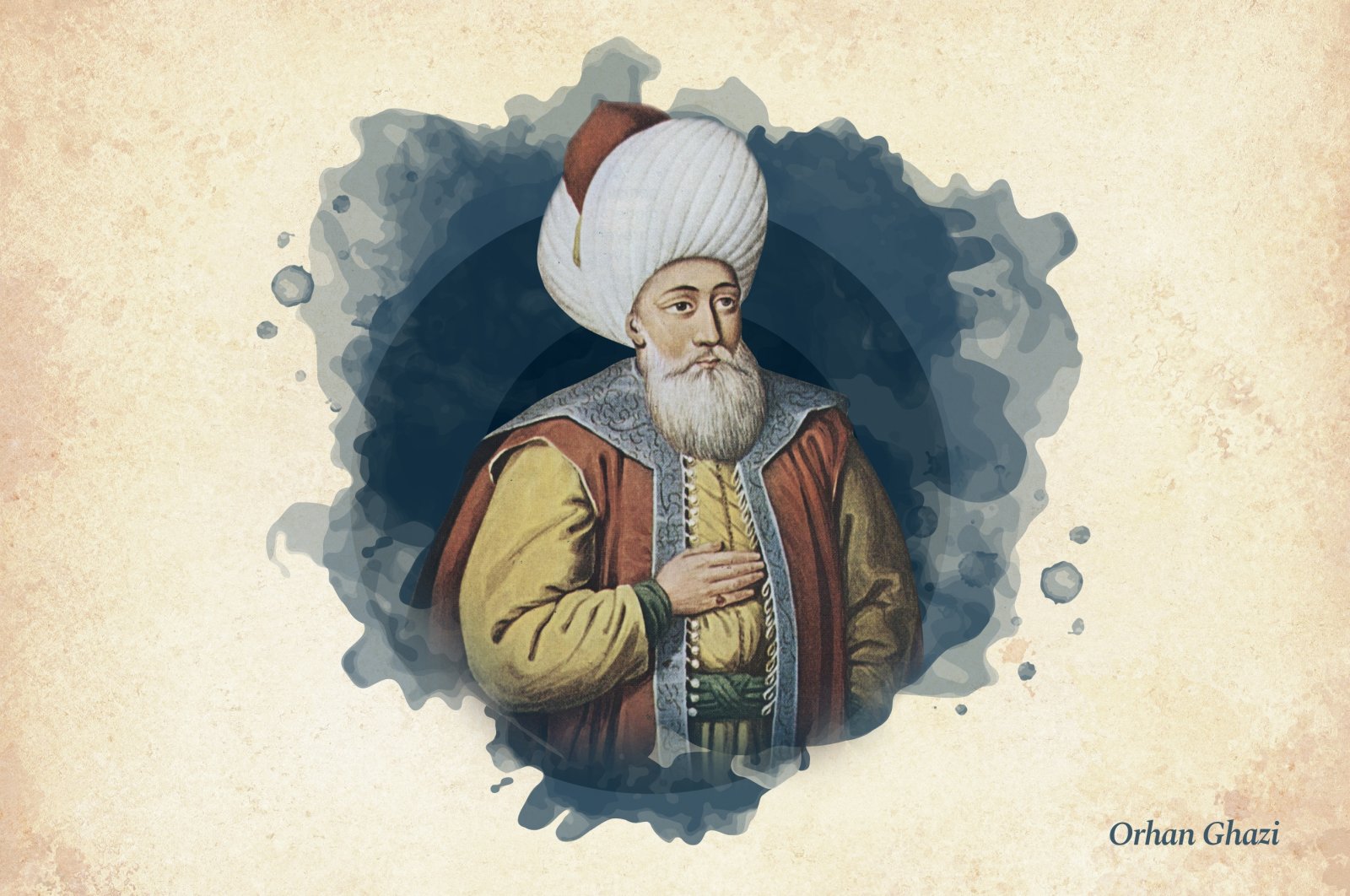
MIGHTY SOVERINGS of OTTOMAN THRONE: SULTAN ORHAN
Orhan Bey, also known as Orhan Ghazi (Turkish for war veteran), is the son of Osman Ghazi and Malhun Hatun, the daughter of Muslim scholar Sheikh Edebali. Some historians claim he was born to Bala Hatun, the daughter of Seljuk vizier Ömer Bey, or that Malhun Hatun and Bala Hatun were actually the same person. Orhan Ghazi was born in 1281, when his grandfather Ertuğrul Ghazi died. His name Orhan means city judge in Turkish. 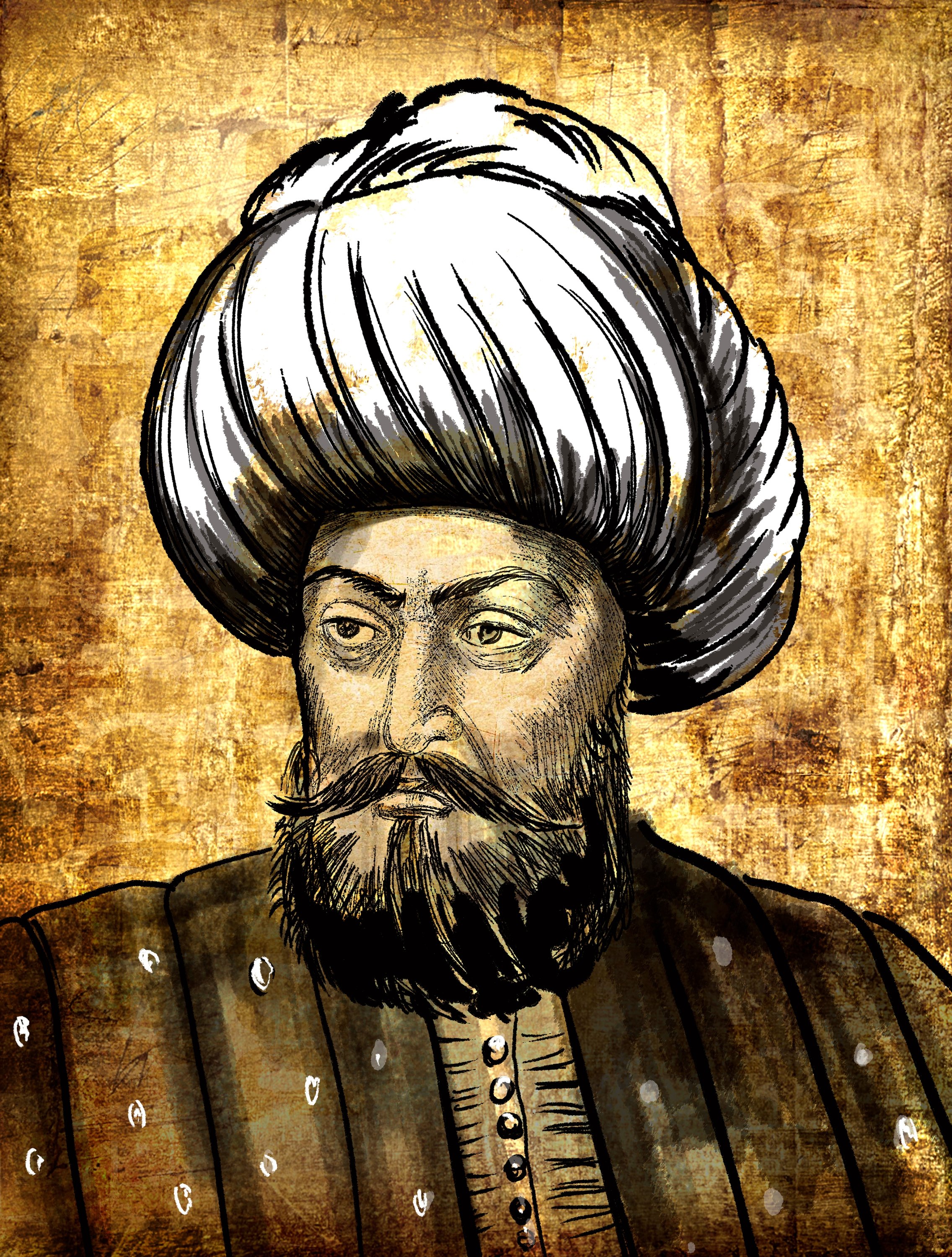
Raised by his father as the future ruler, Orhan Bey witnessed the establishment of a state. He participated in several key battles as a commander during his father’s rule. He was the governor of Sultanönü, the modern-day central province of Eskişehir. At the age of 17, he married Holofira, the daughter of Yarhisar tekfur (Byzantine lord or governor). Holofira converted to Islam and took the name “Nilüfer.”
Vizier brother
Orhan Bey ascended the throne approximately at the age of 35 after his father passed away and made his brother Alaaddin Pasha his vizier (although some sources claim that Vizier Alaaddin Pasha was not related).
Alaaddin Pasha was a scholar like his grandfather Ertuğrul Ghazi and drafted the first organic laws of the Ottoman State. In line with these laws, a standing army comprising of “yaya” and “piyade” soldiers, or Ottoman infantry units, was formed. Up to that time, the military consisted of volunteer soldiers. The soldiers of the standing army, however, were put on a salary and were exempt from taxes. The military headgears were changed from red to white.
Orhan Bey transferred the government headquarters to the newly conquered Bursa. He built a mosque there in 1335, which is considered the first example of Ottoman architecture and still stands today. He assigned his comrades in arms, who were Osman Ghazi’s commanders, as the governors of the newly conquered regions.
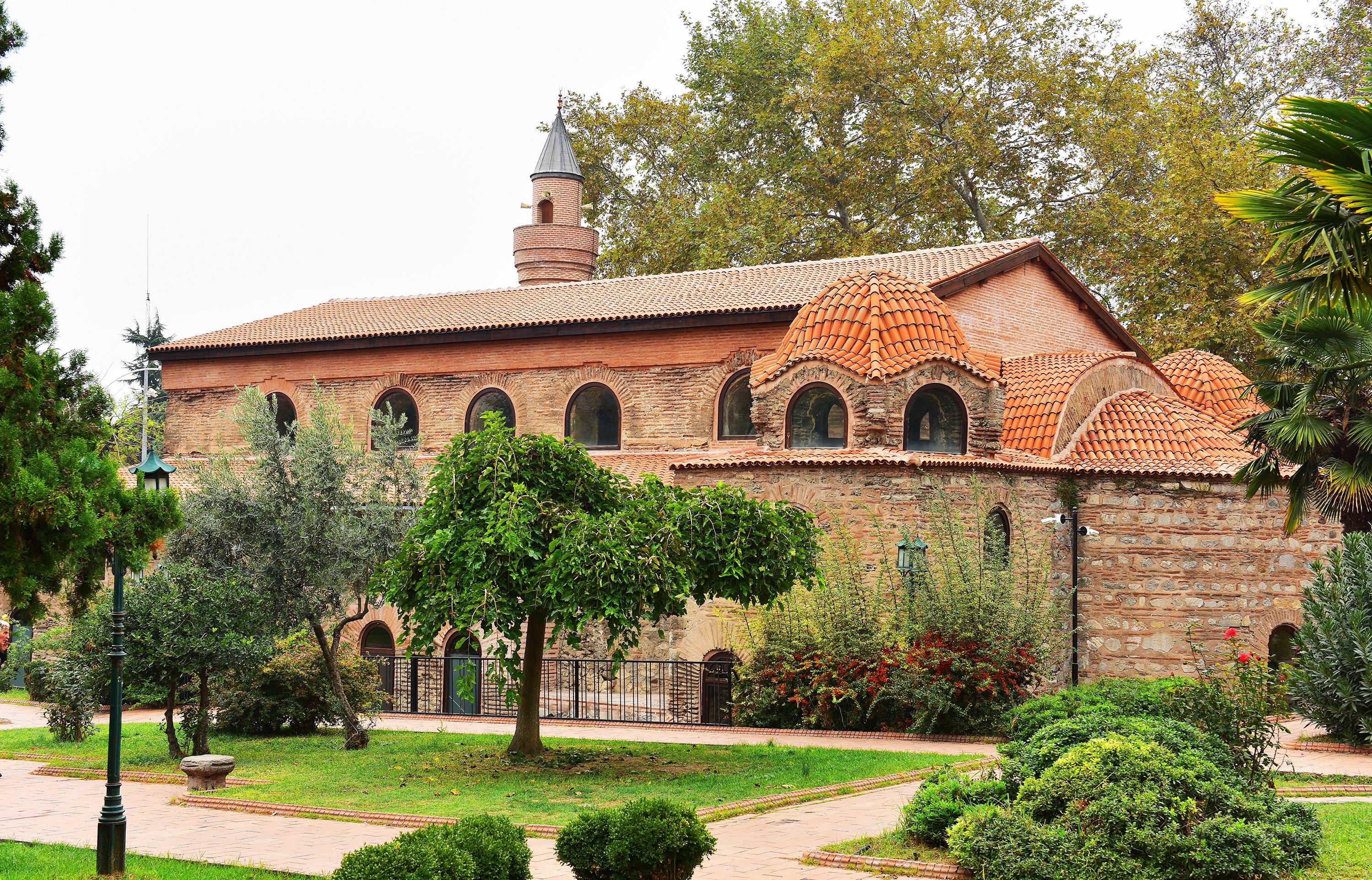
The easy fall of Bursa and the advance of the Ottomans to the shores of the Bosporus alarmed Byzantines. In order to stop them and lift the long siege of Iznik (Nicaea), the Byzantine Emperor Andronikos III Palaiologos, commonly Latinized as Andronicus III Palaeologus, marched on Orhan Ghazi and his troops in 1331.
The two armies met at Pelekanon, Latinized as Pelecanum, near today’s Maltepe district in Istanbul. The wounded Byzantine emperor lost his two princes in the battle, forcing him to withdraw his army. Orhan Ghazi, who knew well how to battle in the night, followed the Byzantine army and defeated them. The emperor barely escaped and saved his life. Some 275 soldiers from the 8,000 strong Ottoman army were martyred.
Iznik tolerance
While Iznik surrendered upon this victory, Orhan Ghazi allowed all Byzantine citizens who wanted to migrate to take their belongings. Despite the option, most people preferred to remain Ottoman citizens. Moreover, the city's widowed women requested that Orhan Ghazi let them marry soldiers from his army. Those who did were then assigned to Iznik.
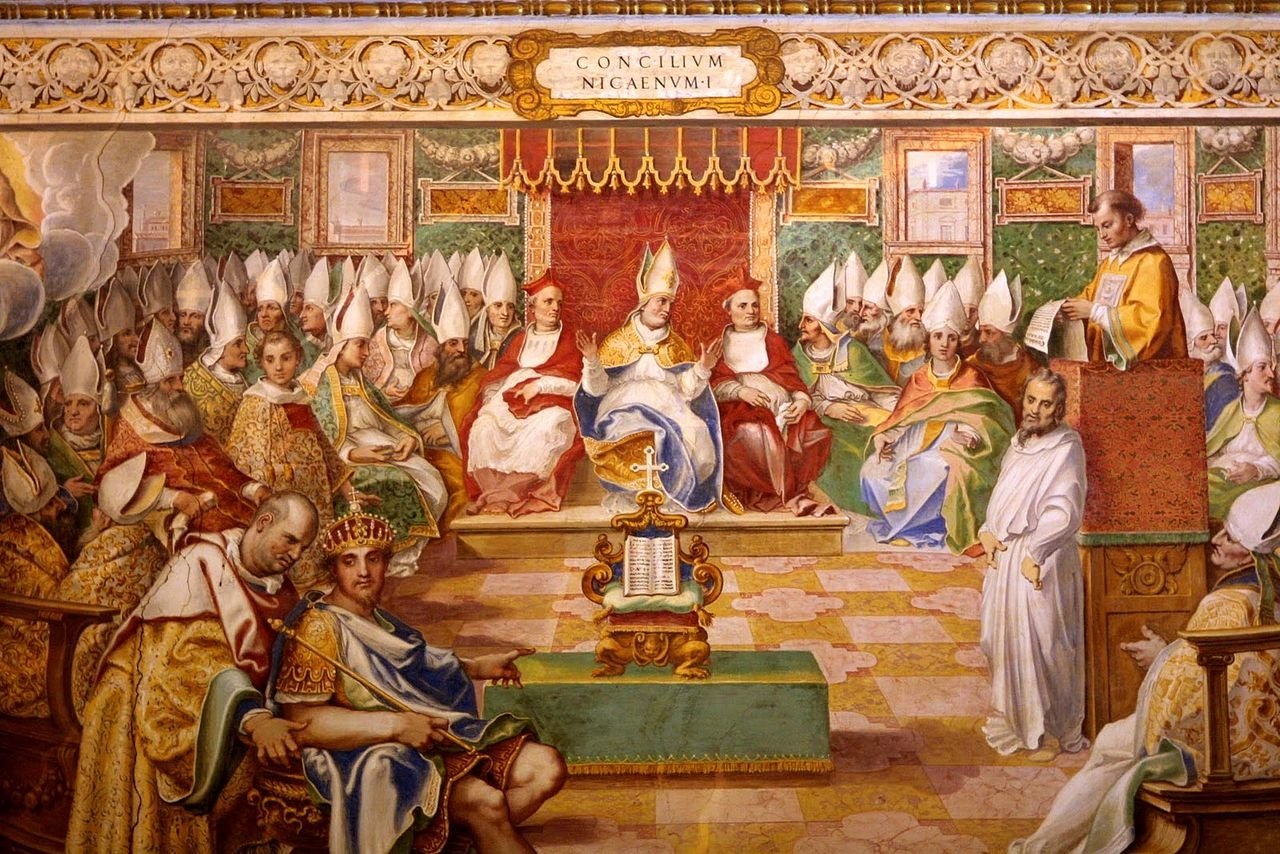
Orhan Ghazi made Iznik the center of government. He converted the Church of Hagia Sophia in Iznik, where the famous First Council of Nicaea – the ecumenical meeting of Christian bishops – was held in 325, into a mosque as per the law of war. The monastery within the church complex was converted into a madrassa, which became the first Ottoman madrassa in Iznik. Famous scholars Dawud al-Qaysari and Tacuddin Kurdi were appointed as müderris or religious scholar/professor at this madrassa, and Iznik became a Muslim Turkish city.
The fall of Iznik, which holds an important place in the history of Christianity, was met with outrage in Europe, as well as in Constantinople. Thereafter, Gemlik and Izmit were also conquered, and the Ottomans reached the shores of the Bosporus in a short time.
The story of conquests of various castles in these areas over time gave birth to legends. For instance, one such story about the Aydos Castle claims that one day, the daughter of Aydos tekfur saw a young man in her dream and fell in love with him. The man in her dream was none other than Abdurrahman Ghazi, who was leading the Ottoman siege on Aydos, so she opened the gates of the castle for him.
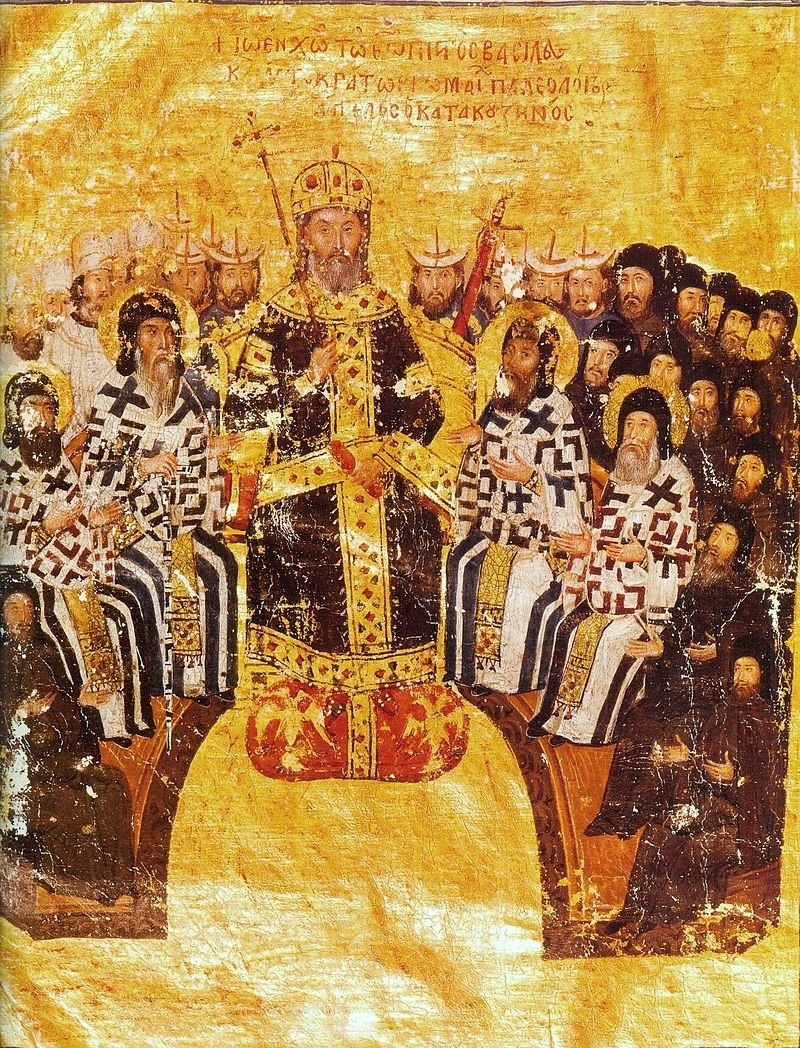
As the Ottoman conquests continued toward the Bosporus, the Byzantine Empire almost completely lost its lands in the east. In 1341, the first peace treaty was signed between the Ottomans and Byzantines after which both states maintained friendly relations for years. Orhan Bey took advantage of the throne struggle in the neighboring Karasid beylik – corresponding to modern-day Çanakkale province – in the west and conquered it without bloodshed in 1345. Thus, the Karasid princes entered Ottoman service.
Ottoman-Byzantine honeymoonı
Meanwhile, a fight for the throne broke out in the Byzantine Empire. The new Emperor John VI Kantakouzenos was an ambitious man who was once the vizier of Andronikos III Palaiologos and the guardian of Andronikos’ younger son John V Palaiologos after his death. Taking advantage of Emperor Ioannis’ young age, he usurped the throne. He married off his daughter Eleni to the young emperor while marrying off his other daughter Theodora to Orhan Ghazi, to get the Ottoman ruler's support. Since Kantakouzenos was crowned due to the John V Palaiologos' young age, intrigue and strife in the Byzantine palace and neighboring states continued constantly. Therefore, John VI Kantakouzenos asked Orhan Ghazi for help to retain the throne and Orhan Ghazi sent 5,000 soldiers to Rumelia.
Kantakouzenos even invited his son-in-law to Istanbul as a guest which lead to Orhan Ghazi staying in Üsküdar for three days with his sons, enjoying Istanbul’s views. Kantakouzenos, who secured the throne through his relationship with his son-in-law, betrayed Orhan Ghazi and contacted the pope. After hearing about his father-in-law's betrayal, Orhan Ghazi occupied Üsküdar and the Princes’ Islands, the last Byzantine lands on the Anatolian coast in 1352.
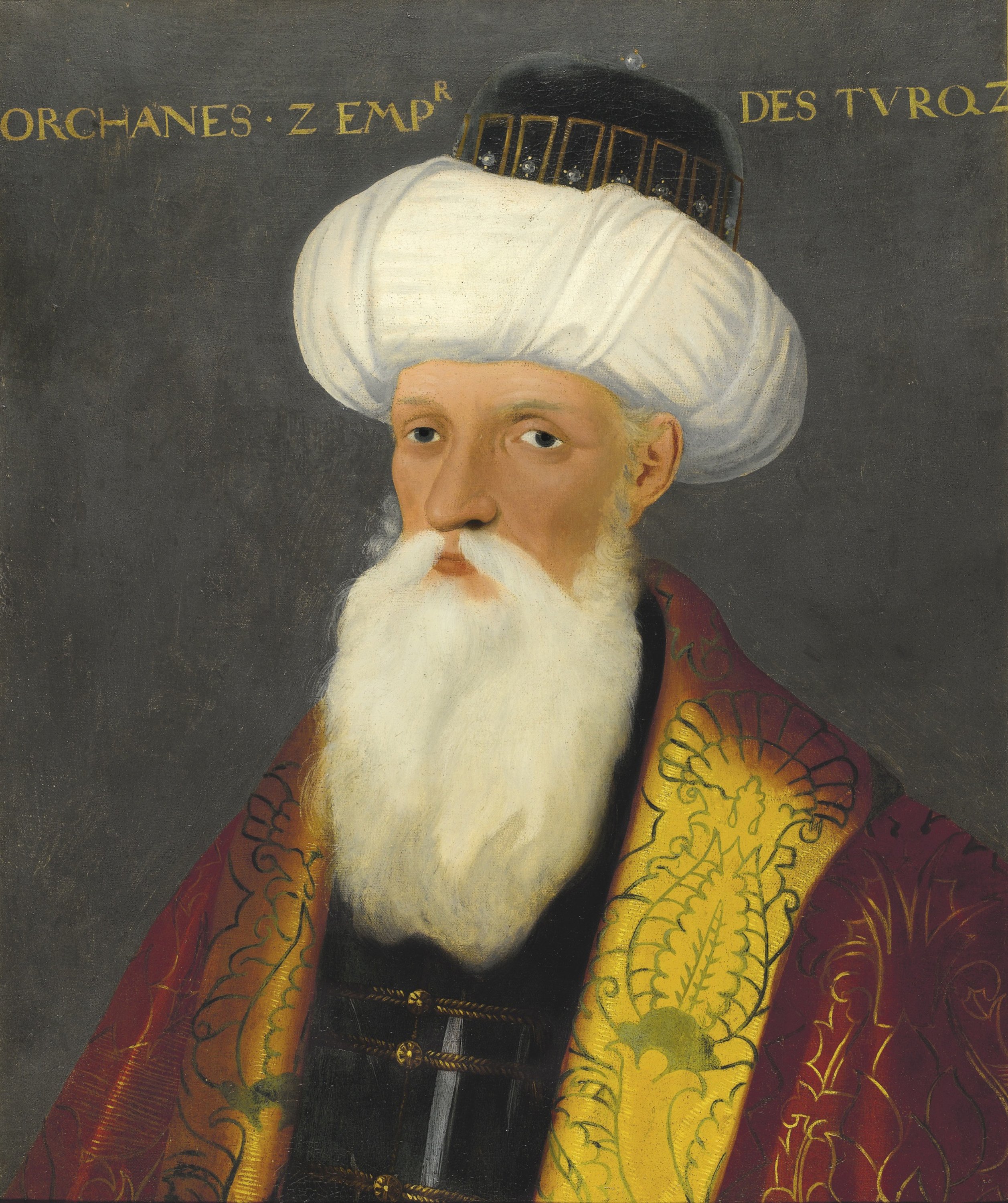
At that time, the Byzantine governors in Rumelia started to act independently. The Catalans, who were Byzantine mercenaries, rebelled and engaged in looting, occupation and murder. Due to the lack of public order, people were fed up with their lives. Surrounded by the Ottomans in the east, and the Latins, Serbs and Bulgarians in the west, the Byzantine Empire was deprived of trade and income-generating lands. This is well documented in a history book written by Emperor Kantakouzenos himself.
Transition to Rumelia
When the Serbs and Bulgarians marched on the Byzantine Empire, Emperor Kantakouzenos desperately asked Orhan Ghazi for help. He gave a military base to the Ottomans in Gallipoli. This was an opportunity for the Ottomans who wanted to cross into Rumelia. Orhan Ghazi's heir, Süleyman Pasha, temporarily went to Rumelia with his army of 10,000 men in 1354. He defeated the emperor's enemies but he did not withdraw from Rumelia again.
Thus, the expansion of the Ottomans in Europe began. This was not the first time the Ottomans had crossed into Rumelia. This transfer was not done on rafts, as some poets describe, but by ships. Some of these ships belonged to the Ottomans while some were rented from the Genoese.
Kantakouzenos highly regretted his cry for help from Orhan Bey and wanted the Ottomans to withdraw from Rumelia in exchange for 10,000 gold coins. Orhan Ghazi did not agree and also refused to meet the emperor. Although Kantakouzenos tried to ally with the Balkan kingdoms upon Orhan Ghazi's refusal, he could not succeed and lost his throne in 1355.
War mission
John V Palaiologos ascended the throne and tried to maintain good relations with Orhan Ghazi. In fact, as a show of goodwill, he wanted to save Şehzade (Prince) Halil, Orhan Ghazi's son who had been kidnapped by the Genoese from Izmir Bay and taken to Foça, so he could marry his own daughter. However, he also secretly contacted the pope, hoping that if he converted to Catholicism, he could get help from the pope and the Latins.

Upon these activities, Orhan Ghazi continued to expand in Rumelia through his sons Süleyman and Murad Bey. The local people obeyed their new conquerors, who recognized the freedom of religion, life and property. The vacant lands in the newly conquered places were later inhabited by Muslims coming from Anatolia. Christian villagers received help from soup kitchens in Muslim villages, which was a hit with the locals. Some of the locals even converted to Islam en masse.
After the death of Orhan Ghazi’s brother Alaaddin Pasha in 1331, the crown prince Süleyman Pasha was named vizier. Süleyman conquered Ankara in 1354, taking advantage of the fight for the throne in the Eretnids, a principality in the center of Anatolia. Apart from this, it was against Orhan Ghazi's policy to engage in a struggle with the Anatolian principalities. He aimed to expand and spread his mission in Byzantine lands and Rumelia.
Grief for child
Süleyman Pasha, the governor of the newly established province of Rumelia, died in a hunting accident in Bolayır in 1359 at the age of 43. Orhan Ghazi was grief-stricken and mentally collapsed within a few years. After calling and giving advice to his son, Şehzade Murad I, he died in Bursa in 1360 at the age of 79. He was buried there in a tomb next to his father. Orhan Ghazi is the oldest Ottoman sultan to have died while on throne.
Orhan Ghazi expanded the land he took over from his father nearly six-fold, to almost 95,000 square kilometers over two continents. At the time of his death, he ruled Bilecik, Bursa, Balıkesir, Bolu, Kocaeli, Sakarya, Eskişehir, Çanakkale, Istanbul’s Anatolian side except for a few castles, Ankara, Ayaş, Beypazarı, Nallıhan, Kızılcahamam, Haymana, Polatlı, Soma, Kırkağaç, Domaniç, Bergama, Dikili, Kınık, Marmara Islands, Tekirdağ, Lüleburgaz, Ipsala and Keşan.
The population of the country was 3 million at the time, while the population of England at the time was 2 million. One-third of the population was Christian. By encouraging Muslim immigration from Anatolia, Orhan Bey had ensured the population balance in conquered lands.
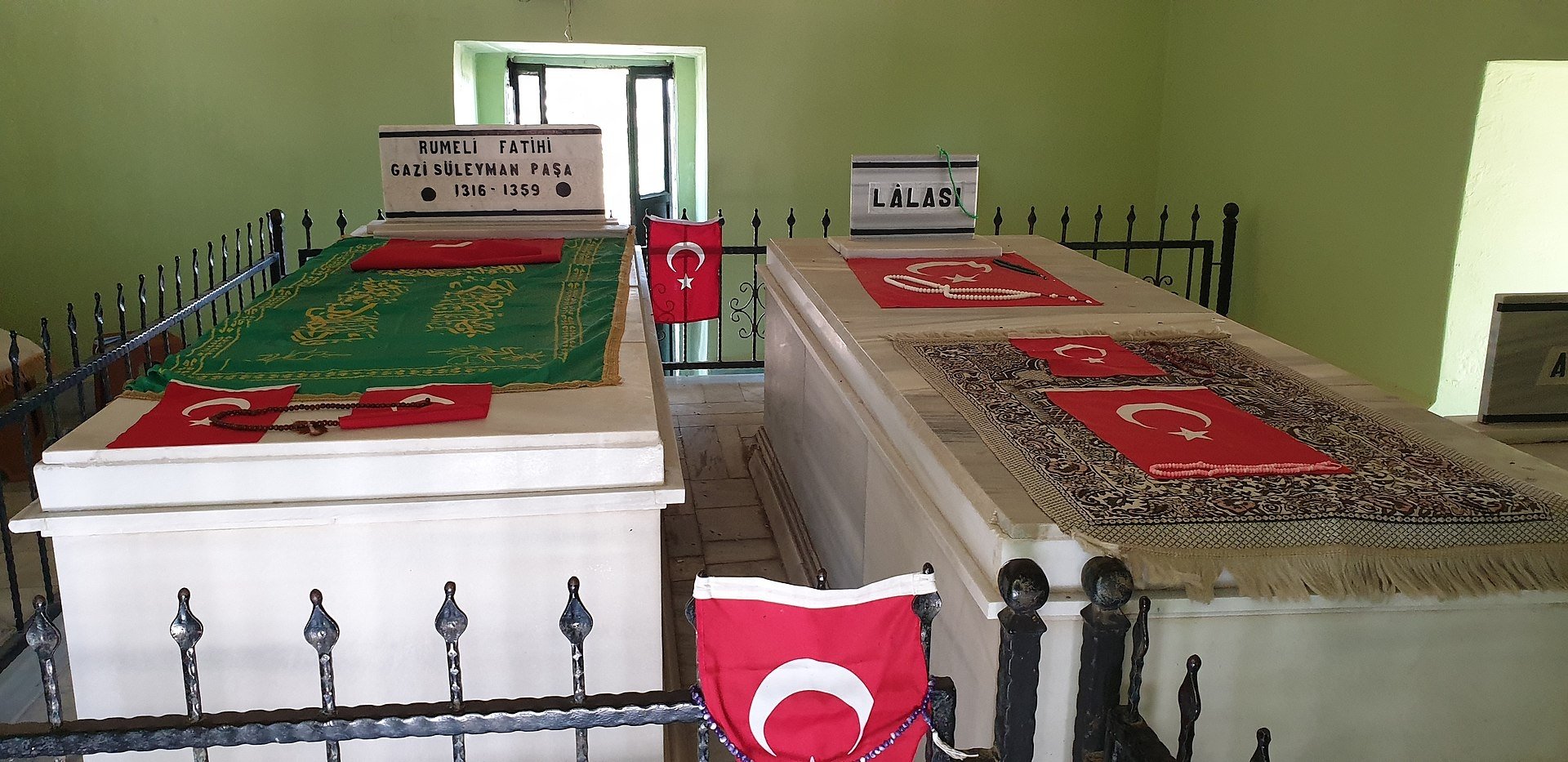
His sons Süleyman, Murad I and Kasım were born to his first wife Nilüfer Hatun, while Ibrahim and Fatma were born to Asporça, possibly the daughter of Andronikos II Palaiologos. His other son Halil was born to Theodora. He had two other wives named Bilun and Eftandise, and a few more children who died at a young age.
Nilüfer Hatun, who was laid to rest next to her husband, was very philanthropic. She commissioned three mosques, a lodge and a bridge named after her in Bursa. Since she lived long enough to see her son's reign, she is considered the first valide sultan, the title held by the "legal mother" of a ruling sultan of the Ottoman Empire.
The true founder of the state
Orhan Bey was tall, had blue eyes, a brown beard, fair skin, a large forehead and a broad chest. His aquiline nose is the characteristic feature of the Ottoman dynasty. In the chronicles, it is said he was a good-natured person who did not easily get angry or break anyone's heart. For this reason, it is said even Christians loved him.
Sufi dervishes played a great role in the training of ghazis – or war veterans – encouraging them during the war and the Islamization of the newly conquered lands. They placed in the hearts of the veterans that the purpose of the Ottoman conquests was not to gain land, booty, or glory and honor. For this reason, Orhan Ghazi gave great importance to them and had dervish lodges built so that they could shelter and perform their services easily. Geyikli Baba, Doğlu Baba and Derviş Murad are famous among these dervishes.
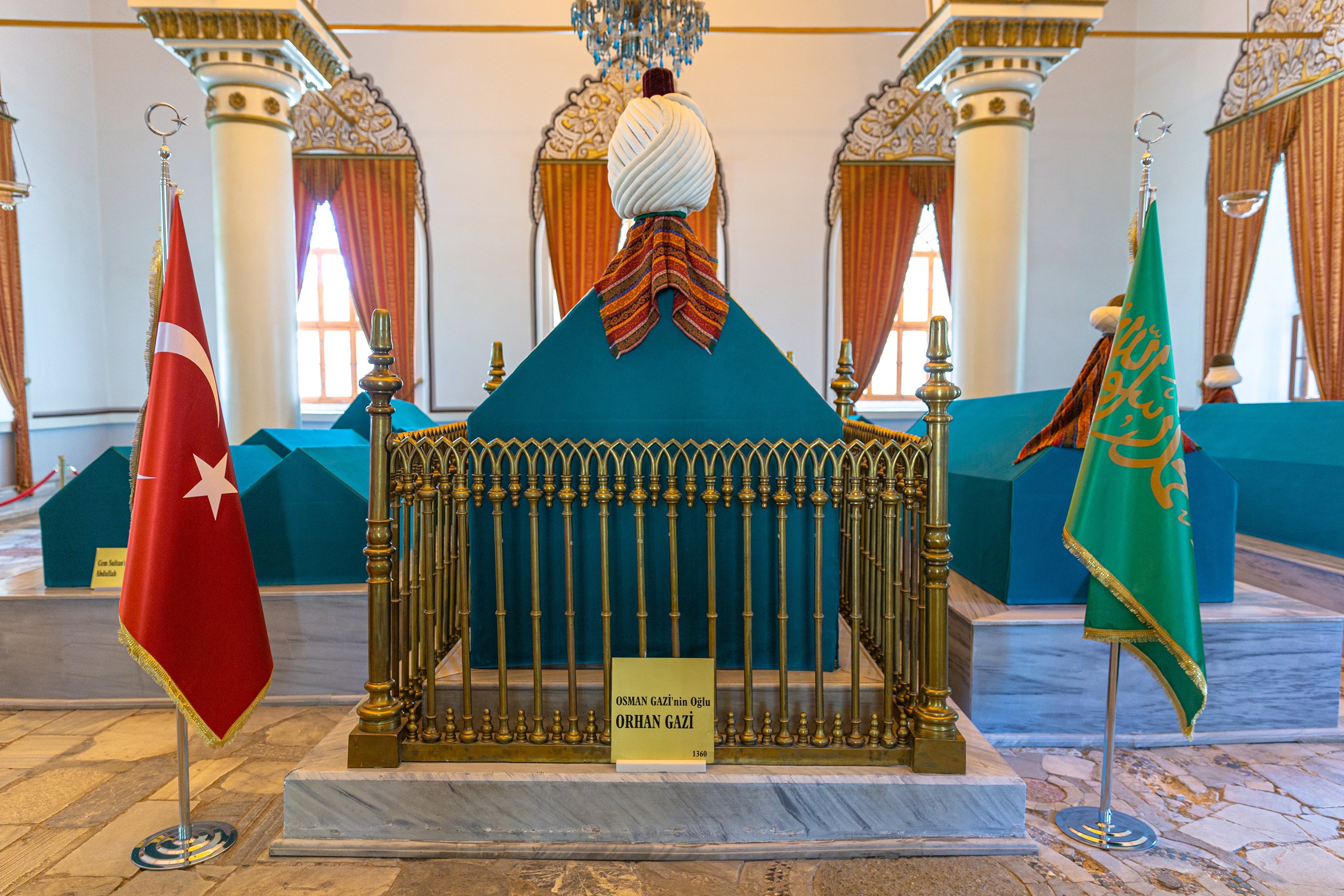
All of Orhan Ghazi’s moves were planned, neat and cautious. He would take advantage of the opportunities immediately, while he also worked to create some of these opportunities himself. He was very brave and patient in battles. To avoid causing harm to people, he waited for the enemy to retreat. His actions showed his great military and administrative skills. Therefore, some historians evaluate him as the true founder of the Ottoman Empire.
He was the first to use the word “sultan,” which is the equivalent of the Arabic word king. “He is the greatest of the Turkmen rulers,” says the North African Arab traveler Ibn Battuta, who visited him in the early days. It is said he treated scholars and soldiers very well and was generous. Thanks to these factors, economic prosperity was achieved in his time and there was little poverty. On the first day of the soup kitchen in Iznik, he personally handed out food to the poor.
The secret in silver coin
Orhan Bey established a government mechanism following the Seljuk model. The basis of this was the council presided over by the sultan or the vizier in necessary cases. It discussed all the affairs of the country before making a decision. In the cities, the Muslim judges, known as kadı, took care of both the courthouse and the municipality works, the gubernatorial officers called soubashi, on the other hand, handled security.
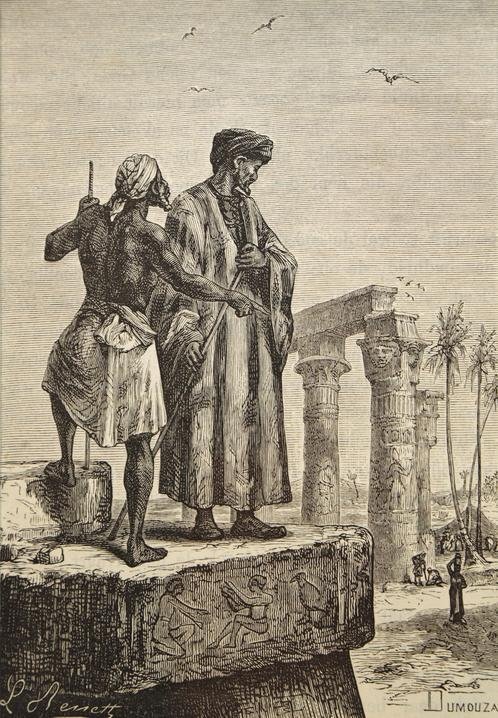
Orhan Bey had 50,000 infantry, 40,000 cavalry and 25,000 soldiers, who had been transferred from the Karasid beylik. They were given lands they could cultivate in peacetime. As the number of people in military service highly surpassed allocated cadres, it was decided that teams should go to battles in turns and those who did not go to war would assist those in active duty. Those who did not go to the battle were called yamak and were paid for their assistance.
Orhan Bey minted a silver coin on his behalf in Bursa. It carried the names of the four caliphs and the Islamic oath of Shahada on one side. On the other side, it had the writings “Orhan bin Osman” (Orhan, the son of Osman), the location and year of the minting, Bursa and 727, and the stamp of the Kayı tribe, to which the Ottomans belonged. The names of the four caliphs are important as they show the sensitivity of Sunni Islam in the establishment of the Ottomans.
Author Alphonse de Lamartine said this about Orhan Bey: "Like Moses, he died with one foot in Asia and one eye in Europe. He was intelligent, graceful, and had religious greatness. He spent half his life as a heroic combatant and half as a lawman. During the years of peace between hundreds of scholars, parents, historians, and poets, the wealth collected was spent on public works, science, literature, and the spread of Islam. A new Baghdad has emerged in Anatolia.”
Önceki Yazılar
-
ROTHSCHILDS BROUGHT THE END OF THE OTTOMAN EMPIRE!5.11.2025
-
SHEIKH BEDREDDIN, SON OF THE QADI OF SIMAVNA29.10.2025
-
THE ROOTS OF THE ENGLISH POLITICIAN IN TURKEY – THE TRAGIC END OF ALI KEMAL BEY22.10.2025
-
WHERE IS THE RED APPLE?15.10.2025
-
THE ABBASIDS IN ANATOLIA1.10.2025
-
IMAMS AND MUFTIS AS OFFICERS IN THE OTTOMAN ARMY24.09.2025
-
SULTANS WOULD STAND UP FOR THE HEAD OF THE PROPHET'S LINEAGE17.09.2025
-
NO RETIREMENT BEFORE THE GRAVE10.09.2025
-
FROM PRISON TO THE PRESIDENTIAL PALACE: THE MUSLIM BROTHERHOOD3.09.2025
-
THE PUNISHMENT FOR BLASPHEMY OF THE SACRED27.08.2025